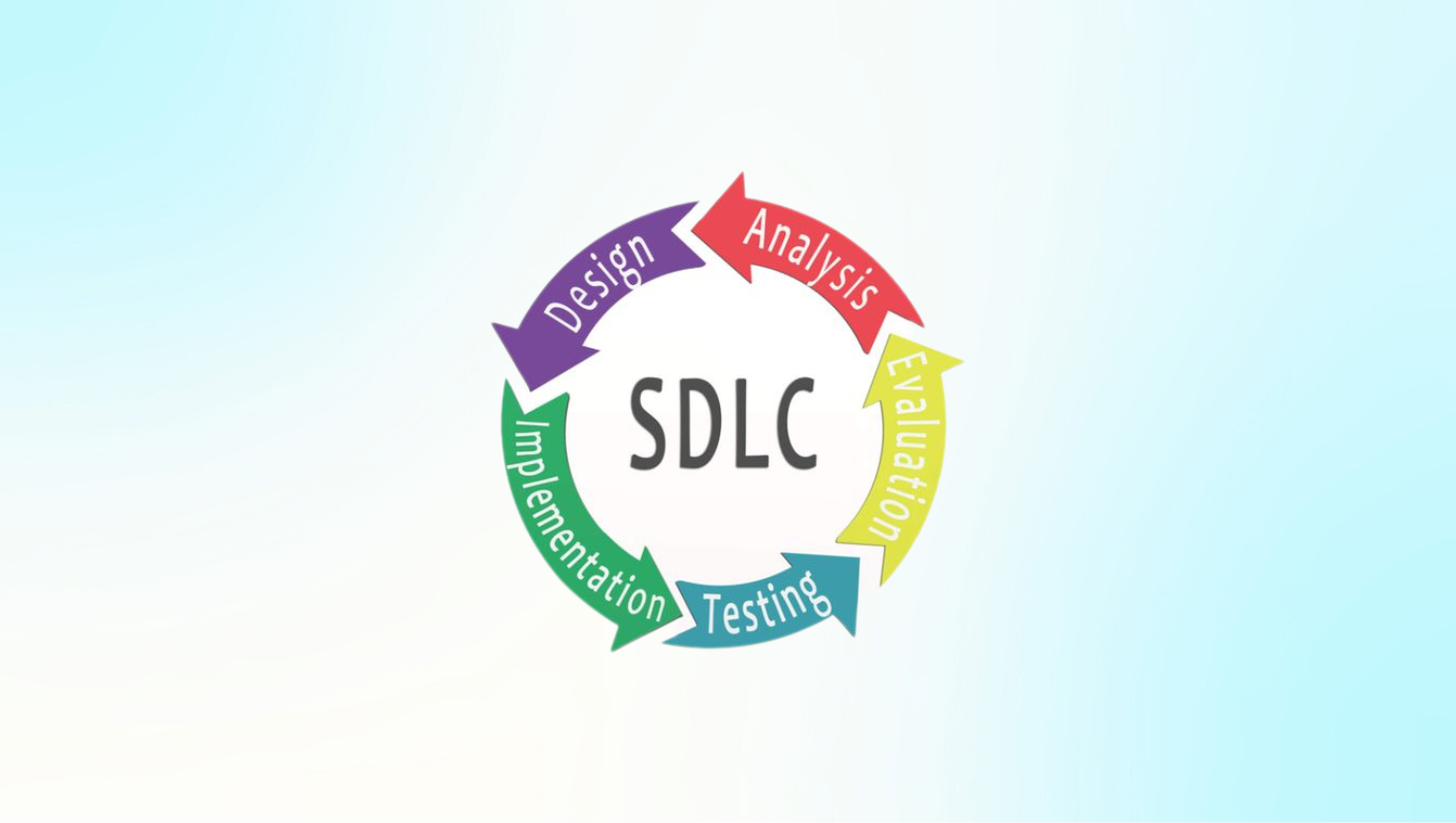
03 Feb Software Development Life Cycle: What Businesses Need to Know
The development of software is an essential process for any business that relies on technology to drive its operations. A structured approach to software development ensures that the final product is of high quality, meets business requirements, and is delivered on time and within budget. One of the key frameworks to achieving this is the Software Development Life Cycle (SDLC). Understanding SDLC is critical for businesses looking to streamline their development processes and ensure successful project outcomes.
What is the Software Development Life Cycle (SDLC)?
The Software Development Life Cycle (SDLC) refers to a series of steps that guide the creation, design, development, testing, deployment, and maintenance of software. The SDLC provides a roadmap that helps teams focus on delivering software that meets user needs, is bug-free, and performs efficiently. Each phase in the SDLC plays a crucial role in ensuring that the software development process is organized, efficient, and produces high-quality results.
Key Phases of the SDLC
- Planning
The planning phase is where the project scope, resources, and timeline are defined. It is essential to align the development team with the business goals and technical requirements of the software. Proper planning reduces risks and sets clear expectations for what will be achieved during the development process. - Feasibility Study
The feasibility study involves assessing whether the project can be completed within budget and technical constraints. It evaluates the project’s potential return on investment (ROI), technical challenges, and resource requirements. This phase ensures that the project is financially and technically viable before proceeding further. - System Design
System design is the blueprint for the software being developed. During this phase, the technical architecture of the software is outlined, including the database structure, system interfaces, and user experience (UX) design. A solid design ensures the software will be scalable, maintainable, and user-friendly. - Development
The development phase is where the actual coding takes place. Developers write the source code based on the design documents. This phase involves building the functionality and features of the software, integrating different systems, and ensuring that the code meets the required specifications. - Testing
Once the software is developed, it undergoes rigorous testing to identify and fix bugs. Testing can include functional testing, performance testing, security testing, and more. This phase ensures the software is stable, secure, and works as intended before it is deployed. - Deployment
After testing is complete, the software is ready to be deployed in a live environment. This phase involves installing the software on servers, configuring it for real-world use, and making it accessible to users. Deployment can be done gradually or in one go, depending on the business’s needs and project requirements. - Maintenance
Once the software is live, ongoing maintenance is essential. This includes fixing bugs, updating features, ensuring security, and adapting the software to changing business needs. Continuous maintenance helps extend the software’s lifecycle and ensures it remains effective over time.
- Planning
Why SDLC Matters for Businesses
Understanding and implementing SDLC is crucial for businesses for several reasons:
- Efficient Project Management
A structured approach helps businesses manage resources, timelines, and expectations, ensuring that the software is developed efficiently without delays or scope creep. - Higher Software Quality
By following a comprehensive process that includes testing and validation, businesses can ensure their software meets high standards of quality, performance, and security. - Better Communication and Transparency
Each phase of the SDLC provides an opportunity for communication between stakeholders, developers, and project managers, ensuring that the final product aligns with business goals. - Cost Savings
By detecting issues early through regular testing and feedback loops, SDLC helps businesses save money by preventing expensive post-deployment fixes.
Different SDLC Models for Different Needs
There are several SDLC models to choose from, and each one suits different project requirements and business contexts:
- Waterfall: This linear model works best for projects with clear requirements that are unlikely to change. It’s structured and straightforward but lacks flexibility.
- Agile: The Agile model emphasizes flexibility, iterative development, and continuous feedback. It is well-suited for projects where requirements evolve, and rapid changes are needed.
- Iterative: In this model, the software is developed in small, repetitive cycles, allowing for continuous improvements and modifications as feedback is collected.
- Spiral: The Spiral model combines aspects of both Waterfall and Iterative approaches. It involves repeated development cycles with frequent risk assessments, making it ideal for large and complex projects.
Best Practices for SDLC Implementation
To maximize the benefits of SDLC, businesses should follow these best practices:
- Clear Documentation: Every phase should be thoroughly documented, from planning to deployment. This helps maintain clarity and ensures that all stakeholders are aligned.
- Effective Collaboration: Communication between development teams, business stakeholders, and users is key to ensuring that the software meets expectations and is delivered successfully.
- Continuous Testing: Testing should not be limited to the end of the development cycle. Regular testing throughout the SDLC ensures that issues are caught early and the product is stable.
- Adaptability: Although SDLC provides a structured framework, it’s important to remain flexible and adjust the process as needed to accommodate changing business requirements or unforeseen challenges.
Conclusion
The Software Development Life Cycle is a critical framework that ensures software is developed in an organized, efficient, and high-quality manner. By following a structured SDLC process, businesses can minimize risks, stay within budget, and deliver functional software that meets user needs. If you need assistance in navigating the complexities of SDLC and software development, PT KDN is here to help you choose and implement the right approach for your business.


Sorry, the comment form is closed at this time.